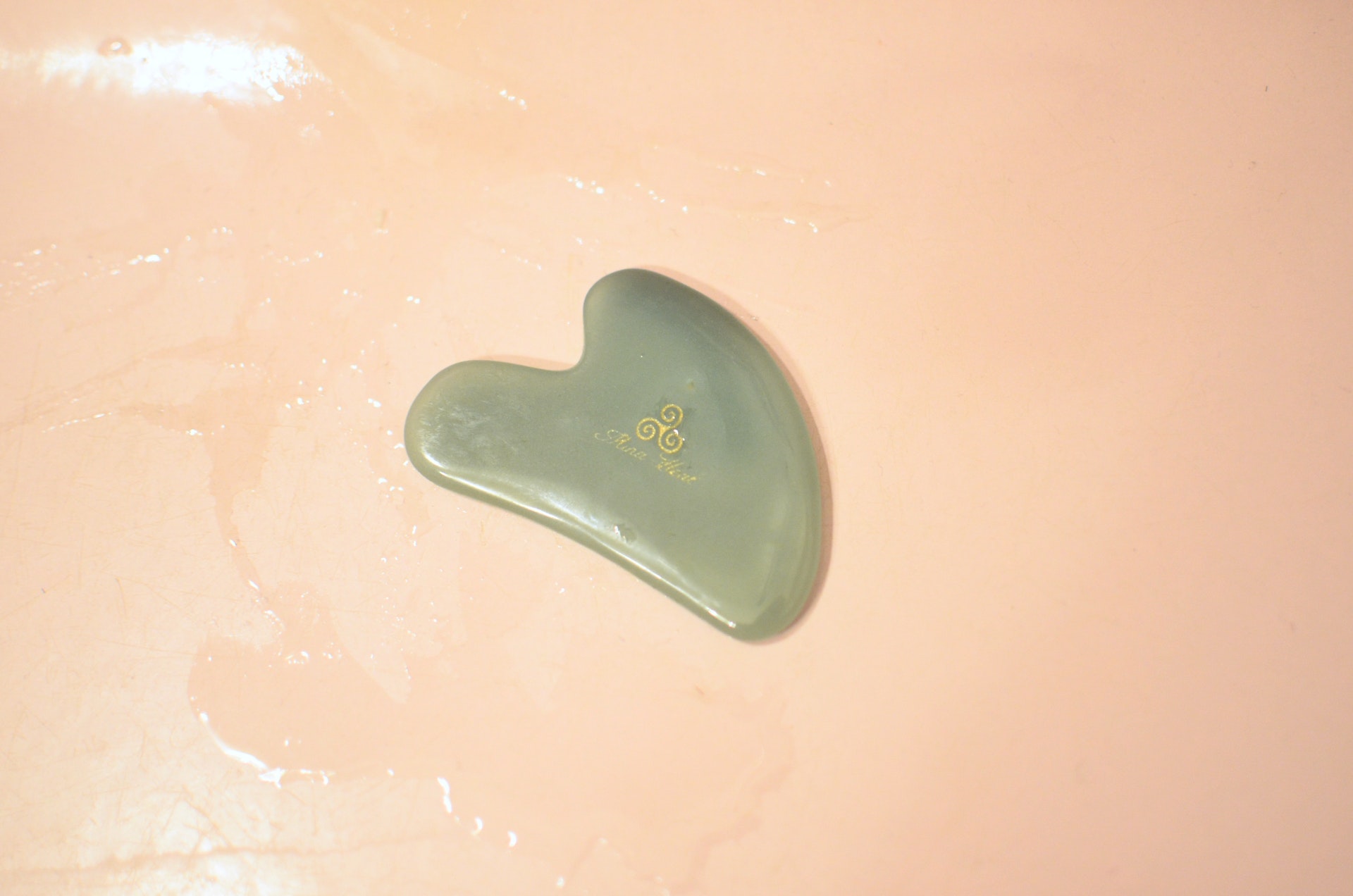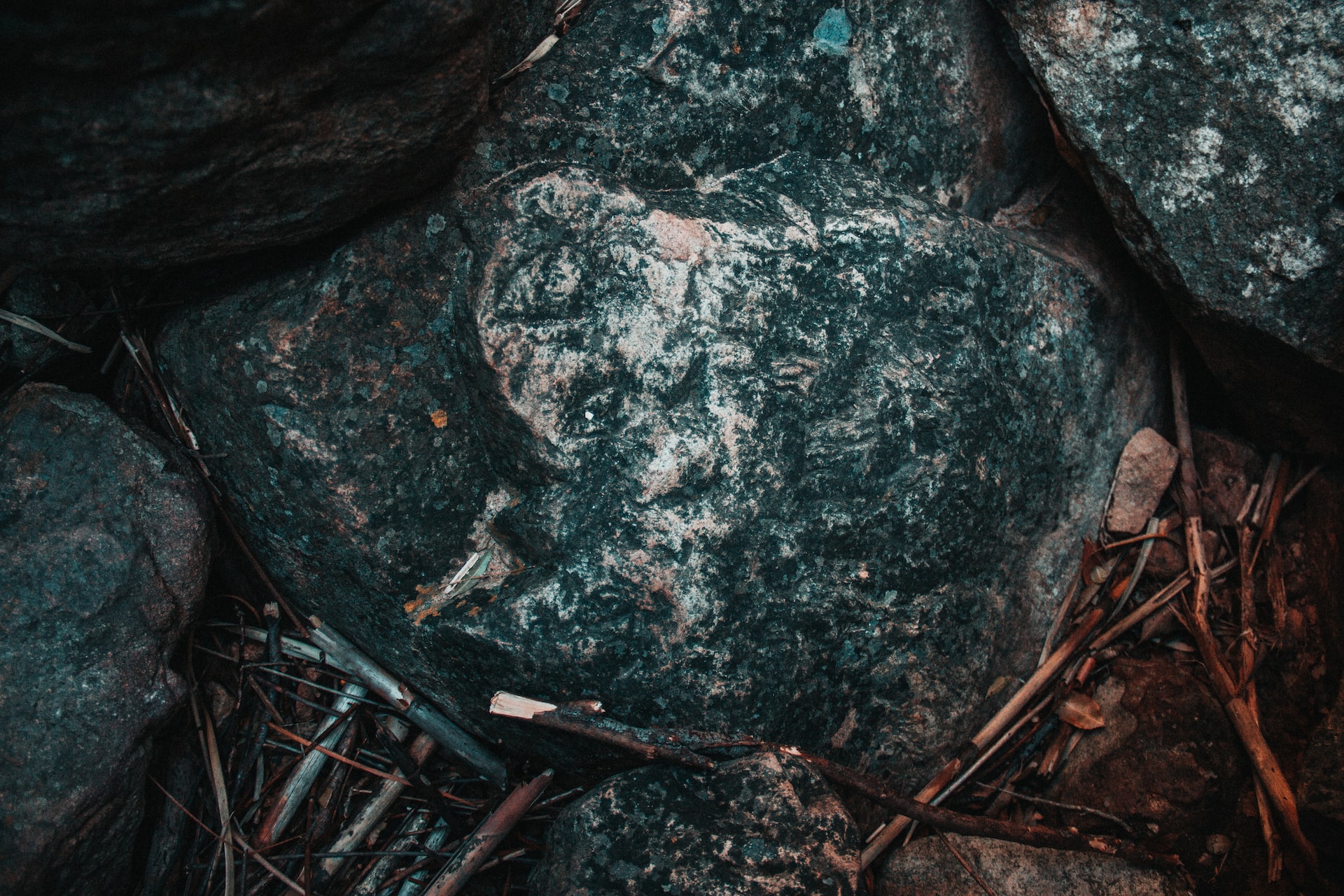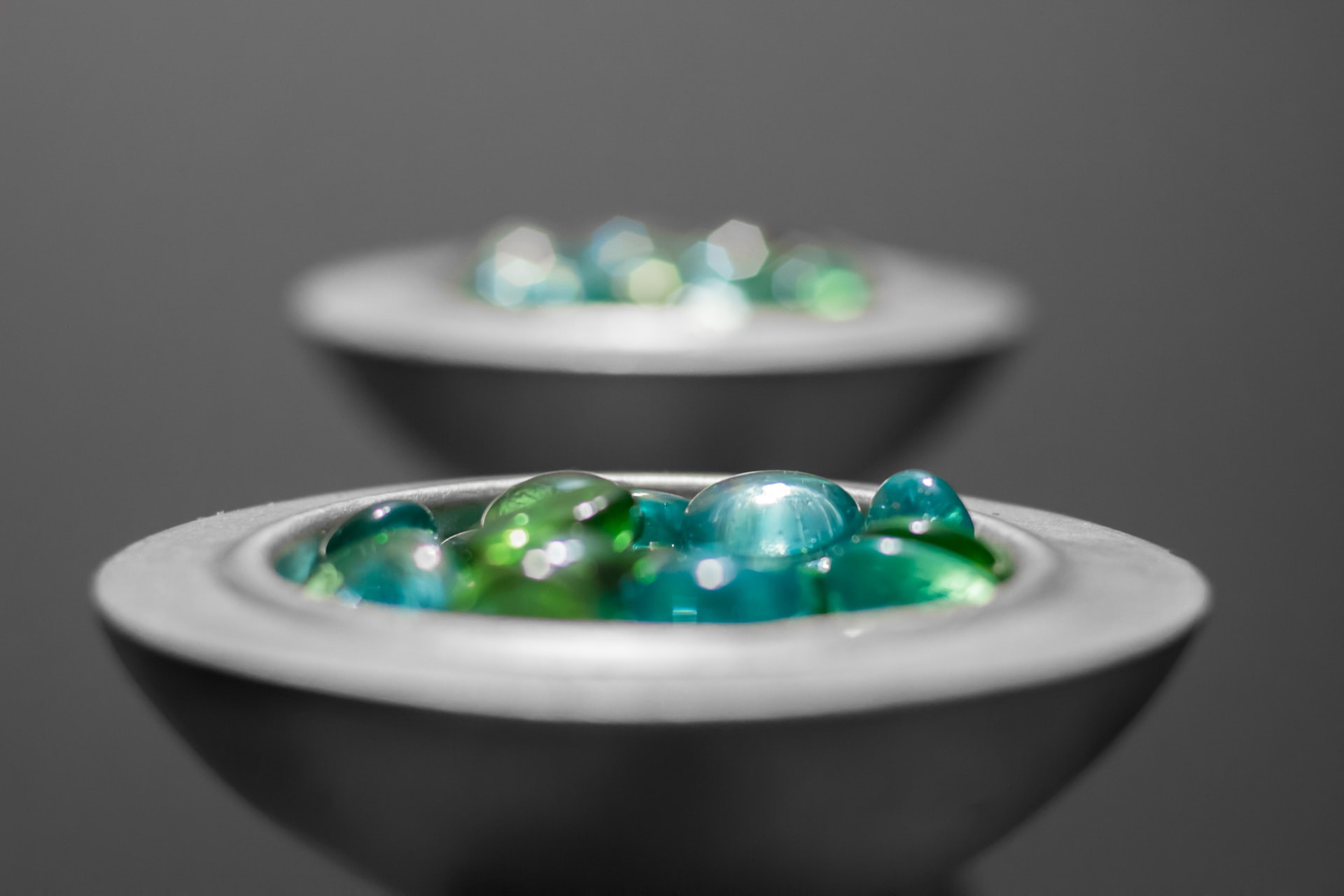On April 23, a Chinese court concluded its deliberations on an intriguing legal case, stone gambling. An 18-kilogram boulder of rough jadeite was sold to Ma, the chairman of a renowned steel company, in 2019 by a businessman from the southwest Yunnan province identified in media sources by his surname, Zhang, for 80 million yuan ($12.4 million). You can check the first english report on this topic here.
Even though Ma knew there were risks to buying uncut jadeite, he was still angry when he cut it open and found that it was only worth 4 million yuan, which was much less than he had expected.
He had the broker go to Myanmar to purchase another stone after telling Zhang he'd like to try again. However, when Zhang delivered the second piece to Ma's business, Ma withheld payment until he had been reimbursed for the first one. Zhang and his friends were later accused of fraud when Ma called the police after they were unable to come to an arrangement.
What Is Jade?
Jade is a gemstone that was initially used to make swords and tools because of its durability, but the gemstone has also traditionally found its way into ornamental items and talismans because of its brilliance and vivid color. Asian cultures frequently give gifts as anniversary presentfrom married couples.
What Material Makes Up Jade?
Nephrite, a calcium and magnesium silicate mineral in the amphibole family, and jadeite, a sodium and aluminum silicate mineral in the pyroxene family, are both silicate minerals that might be called jade.
The Value Of Jade
The most valuable and precious stone in ancient China was said to be white jade. It was worth what the West paid for diamonds and gold.
Asia's "Jade Stones" Frenzy
The case revolves around an outdated practice that is seeing a widespread resurgence. It has long been a common practice to exchange raw jadeite across the China-Myanmar border through a process known as "stone gambling."
Some jadeite stones' outer layer is so worn down that it is hard to determine the quality of the mineral beneath it; assessors can only determine their true value after they have been sliced apart.
This is taken advantage of by some thrill-seeking gamblers who purchase uncut jadeite in the expectation of hitting it rich. On the open market, perfect, practically transparent jadeite can attract astronomical prices.
One of the people I spoke to purchased a stone for 50,000 yuan, but when he sliced it open, he discovered a portion that was worth 20 million yuan.
Ma might have been able to sell the stone for hundreds of millions more than he spent if his bet had been successful. Zhang, he claims, instead tried to pass off inferior Guatemalan jadeite as Myanmar stone.
The best jadeite specimens are typically purchased by collectors from throughout the world or gathered by mine owners themselves. In Myanmar, some are brought to open auctions.
The rest are split into two batches, one of which is shipped by sea to South China's Guangzhou and Hong Kong, where the stones will be cut to create fine jade jewelry and other products.
The other is transported by land to Ruili, which is located in Yunnan, just outside of Myanmar. The city is a good place to get rid of low-quality rough stones because it is close, transportation is cheap, and there aren't many jade artists there.
East Asian Jade Gambling's History
The area has a long history of serving as a hub for the commerce of jadeite and stone gambling. Jadeite traders along the China-Myanmar border reportedly made assumptions about the quality and color of jadeite based on the characteristics of its weathered exterior surface, according to historical records from the Qing period (1644–1911). By the early 20th century, there were numerous folk traditions for picking stones.
Buyers would, for instance, kill and boil a rooster that was older than one year, eat its head, and examine its bones before deciding whether or not to bet on a stone.
Others performed a four-day observation ritual on their chosen stone in the hope that its full value would become apparent to them. They did this while burning incense, eating only vegetarian food, and refraining from sexual activity.
This once-thriving cross-border trade was stifled after the People's Republic of China was established in 1949 as a result of government regulations on luxury products. Ruili didn't retake its position as the hub of the jadeite trade until the "reform and opening-up" of the 1980s, which helped pave the way for a boom in stone gambling in the 1990s.
Trading In Jadeite
At the time, Ruili didn't have a market specifically for jewelry. Most of the jadeitestones were kept in a few nearby hotels and were available for sale. Every morning, under a massive ficus tree that served as a landmark in the area, brokers, mostly ethnic Shan and Kachin from Myanmar or else Myanmar nationals of Chinese descent, would wait for buyers.
They would take a customer to a hotel to view the products when they arrived. In every transaction, the brokers were crucial. Many were familiar with the locations of the jadeite mines because they had previously worked as jadeite miners in northern Myanmar.
A broker who has been in the business since the 1980s said that purchasers would regularly present gifts to the middlemen in an effort to obtain secret knowledge.
Jadeite traders had a difficult time during the 1990s. As soon as fake jadeite started to be produced, traders from Myanmar saw an opportunity to quickly cash in on visitors visiting Ruili. Some of their methods, like filling stones with toothpaste in order to make them appear green when held up to a lamp, were rather rudimentary.
The stone-gambling bubble eventually burst as a result of tighter border controls and the effects of the 1997 Asian financial crisis, and Ruili entered a period of stagnation. After 2000, when a "border trade zone" offering duty-free purchases came up in the region, it would once again flourish.
The first group of jewelry markets to establish themselves in the city embraced stone gambling, which peaked again between 2009 and 2013. The stories of gamblers who became wealthy over night spread throughout China, drawing investors to Ruili and driving up the cost of rough stones.
Markets were open late into the night to meet the additional demand, giving Ruili the look of a casinotown. The majority of visitors lacked understanding or experience in the jade trade, and their irrational bets frequently put them in danger of going bankrupt. Ruili's stone-gambling community has had a saying that goes, "One will win large, one will lose, and one will end up in rags" ever since.
Stone Gambling
Since 2014, there has been a greater understanding of the dangers associated with stone gambling, and for a while, it appeared that the activity might be waning. Instead, the popularity of livestreamed stone-gambling events has increased, fueling the trend.
The streams have been a tool utilized by merchants since 2018 to draw new stone gamblers from throughout the nation. The proprietor of an electronics business in Hangzhou, China's eastern city, is one of my research subjects and also a lover of stone gambling that is streamed live online. At first, he just looked at how much jadeite stones were worth, but after a while, he decided to try his luck.
The Impact Of Live Streaming On Stone Gambling
Stone gambling is now easier to find outside of Ruilithanks to livestreams. Before, it was hard to find outside of Ruili because it was secretive and only available in certain places.
This also gives viewers a greater sense of participation. The streams typically begin with a brief introduction to the rocks for that day.
If a viewer requests a closer look, the streamer will provide a more detailed description, and viewers will guess the item's worth.
After making a purchase, a customer has two options: either have the rock mailed directly to them or request that the streamer cut it open live on camera. It's a rewarding job.
A renowned jadeite livestreamer was able to sell 1 million yuan's worth of merchandise in a single evening last year.
Livestreamers take considerable measures to make their businesses and content appear authentic in order to increase audience interaction.
Some will ask a Myanmar native to help them swim out of a river while holding a jadeite stone, or they may claim that the stone is an heirloom that they are selling to raise money for a critically ill family member.
When a buyer purchases and opens a rough jadeite stone, some vendors offer to help them create things, but they only send the consumer an already-made item from the market and keep the rough stone for themselves.
People Also Ask
What Is Stone Gambling?
It has long been a common practice to exchange raw jadeite across the China-Myanmar border through a process known as "stone gambling."
Some jadeite stones' outer layer is so worn down that it is hard to determine the quality of the mineral beneath it; assessors can only determine their true value after they have been sliced apart.
What Is A Jade Stone?
Jade is one of two hard, compact, usually green gemstones that can withstand intense polishing. Since the beginning of time, both minerals and wood have been carved into jewelry, decorations, miniature sculptures, and practical products. Jadeite is the more valuable of the two jadestones, with nephrite being the other.
Why Is Jade So Lucky?
Jade is said to possess protective, lucky charm energy, much as a four-leaf clover is seen as a sign of good fortune. Because of this, jade statues are frequently employed in feng shui, and jade bracelets are frequently given as birth gifts in Asian cultures.
Conclusion
Despite a rising supply-demand gap, livestreaming has given Ruili's stone-gambling industry new life: good jadeite is getting harder to get, but there are more and more high-rollers online.
Some people in the stone gambling industry have even started traveling to countries with jadeite expertise, such as Taiwan and Hong Kong, to purchase rough jadeite that was once sold before reform and opening up. They then bring the jadeite back to Ruili and sell it to gamblers there.
The city's vendors are divided on whether the livestreaming surge is a good thing or just a temporary upswing, but everyone can agree that stone gambling is here to stay.


